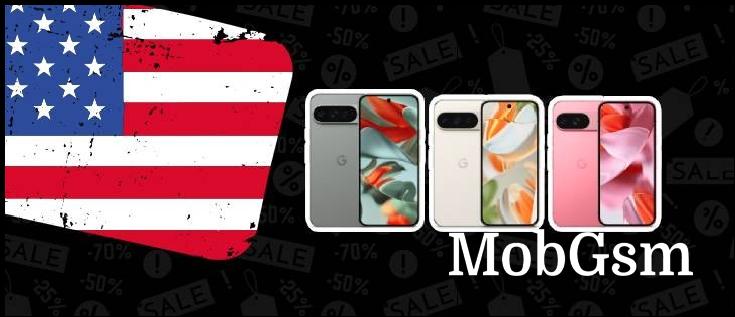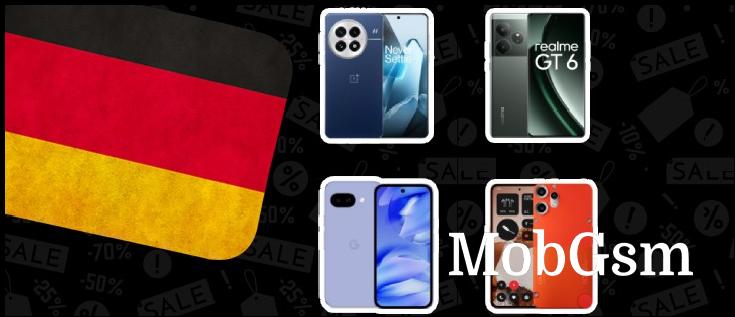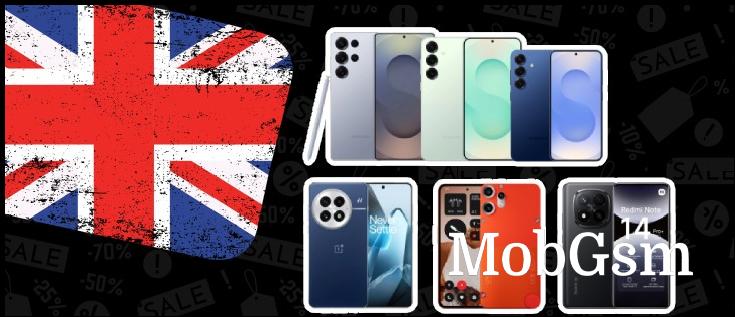Deals: Pixel 9 Pro and 9 Pro XL are $200 off, Pixel 9 and Galaxy S24 FE are $150 off

For the last couple of weeks, attention has been on the Samsung Galaxy S25 series as it went through pre-order and launch. Now that it has launched, let’s look at what else is out there. Google has been building up its market share and while it’s nowhere near Samsung’s level yet, its latest flagships present a serious challenge for the Galaxy line.
The Google Pixel 9 Pro XL couldn’t quite match the Galaxy S25 Ultra camera prowess in our head-to-head comparison, though the Galaxy didn"t have a huge lead either. Also, the Pixel has things going for it, like ultra-wide selfies and a different (some might say better, others might not) take on Android.
Even if the Pixel can’t beat the Galaxy on performance (and Snapdragon 8 Elite easily tops the Tensor G4), price might give the Pixel an edge – the Pro XL starts at $1,000 for a 256GB phone, the S25 Ultra starts at $1,300 (with a $200 gift card, but still).
The Google Pixel 9 Pro has the exact same camera setup as its XL sibling. So maybe it can’t beat the Ultra, but the Samsung Galaxy S25 has a fairly basic set of cameras – it lacks the 200MP main and the periscope of the Ultra. That makes for an easy win in a camera battle, but the Galaxy has the performance advantage.
The Pixel is also larger and heavier (199g vs. 162g), their batteries are evenly matched in terms of both endurance and charging speed. Unlike with the XL vs. Ultra, the Pixel 9 Pro and Galaxy S25 cost about the same, if you look at 256GB models: $900 and $860, respectively (the latter includes a $100 gift card).
Both companies have cheaper alternatives to their flagships. From Google that is the Pixel 9, which starts at $650 (for a 128GB phone). It’s similar to the Pro model but with a lower resolution non-LTPO display and no telephoto camera. You can find a more detailed comparison here.
Samsung’s budget offering is the Samsung Galaxy S24 FE. Interestingly, it uses an Exynos 2400e instead of a Snapdragon – this chip is a great performer for the price and is noticeably faster than the Tensor G4. This model does have a telephoto camera, an 8MP 75mm unit, but its ultra-wide is only 12MP (vs. 48MP on the Pixel 9).
Google also has the Pixel 8a, which now starts at $400. This is more of a mid-ranger, though, with the older Tensor G3 chip and slower charging (but both wired and wireless are available). A Pixel 9a has been rumored for a while now, it is expected to launch in late March.
Samsung and Google also have tablets, though only the Korean company has a variety of offerings. But the two we are looking at today are evenly matched – both cost $300 for a 128GB model and the 256GB variants are $10 apart.
Both are 10.9” tablets with IPS LCDs – 90Hz on the Galaxy compared to 60Hz on the Pixel, but the Pixel Tablet has a higher pixel density. Both displays support styluses. However, the Galaxy Tab S9 FE features DeX for multitasking, has a microSD slot and is rated IP68 for dust and water resistance (vs. no IP rating on the Pixel). The Galaxy also has a larger battery with faster charging (8,000mAh, 45W vs. 7,020mAh, 15W).
We may get a commission from qualifying sales.













